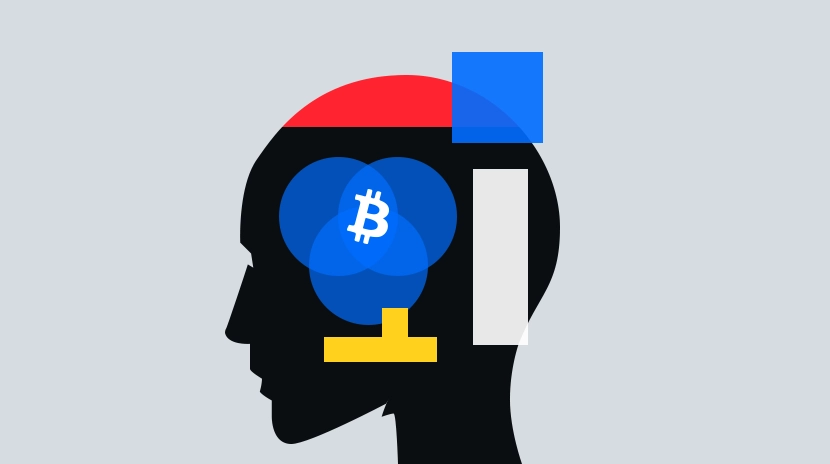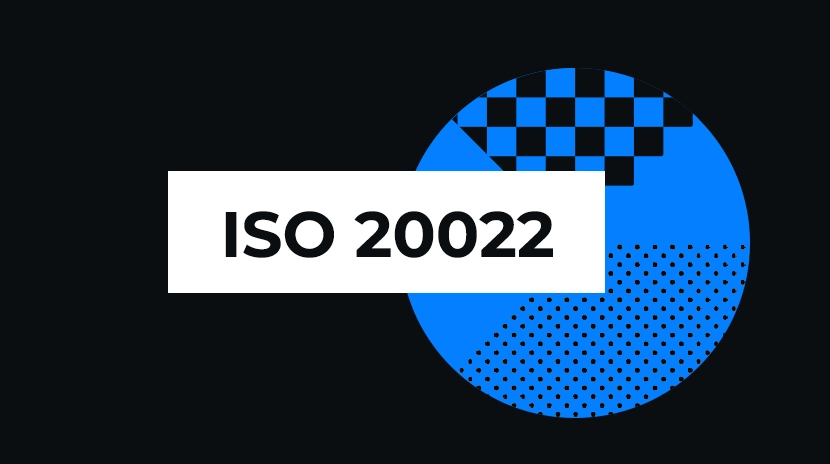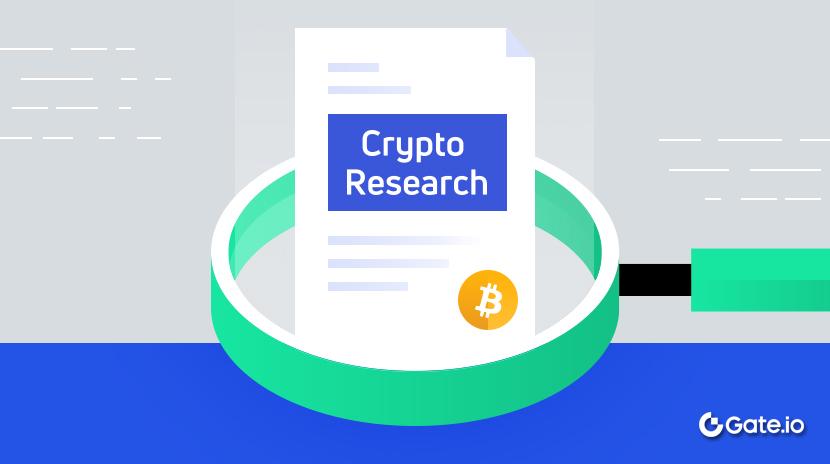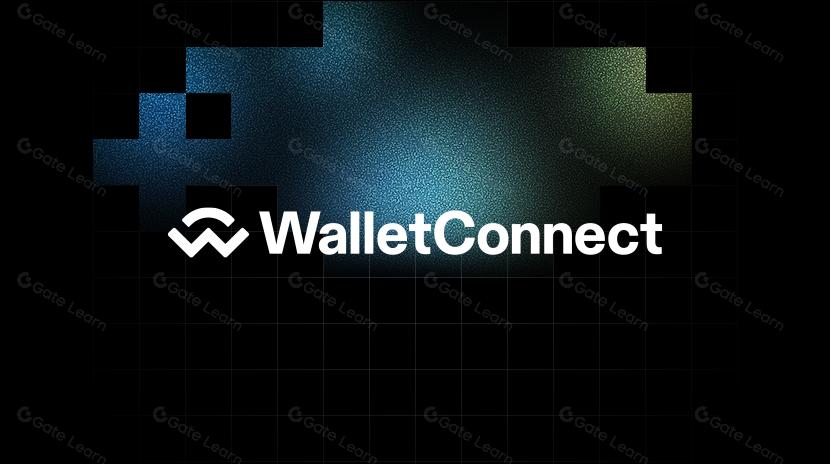Qu'est-ce que le Rayon ?
Malgré le passage rapide vers un monde modulaire et le potentiel de scalabilité prometteur des rollups, la création d'un écosystème rollup durable reste intrinsèquement difficile. Ce défi découle à la fois des conceptions de rollup existantes et des points douloureux rencontrés par les utilisateurs. Résoudre les points douloureux des utilisateurs devient crucial dans la pratique à mesure que l'écosystème rollup se développe : garantir la sécurité des transactions, une finalité rapide et une expérience fluide pour l'interopérabilité. Afin de résoudre ces points douloureux, un nouvel écosystème rollup appelé Radius a été créé. Radius est une solution de séquençage novatrice et sécurisée alimentée par la cryptographie, offrant une finalité rapide et une interopérabilité fluide.
Qu'est-ce que le Rayon ?
Radius est un moteur de croissance économique centré sur l'utilisateur pour le rollup qui permet aux recherches de capturer des revenus tout en protégeant les utilisateurs. L'objectif principal de Radius est de capturer la MEV (valeur maximale extractible) de manière décentralisée et de la connecter aux recherches (utilisateurs) pour saisir toute opportunité de revenus durable. Pour éviter toute attaque MEV nuisible pendant la transaction, Radius chiffre les transactions MEV à partir du mempool en utilisant un moteur de séquençage sans confiance pour empêcher les tentatives de censure, de frontrunning ou de sandwich des séquenceurs. Les transactions restent chiffrées jusqu'à ce que les séquenceurs prévalident l'ordre, et les transactions chiffrées sont vérifiées avec des preuves à divulgation nulle de connaissance (ZKPs), éliminant la confiance placée dans les séquenceurs. Ce processus garantit que les séquenceurs ne peuvent pas déchiffrer les transactions avant d'avoir émis des préconfirmations à l'utilisateur. Radius s'appuie sur deux composants clés pour assurer le fonctionnement sécurisé et efficace des rollups : le phare et la construction de bloc sécurisée (SBB). Le phare connecte les rollups aux chercheurs, permettant des revenus MEV durables, tandis que le SBB facilite la construction de blocs équitable et transparente.

Qu'est-ce que Rollup?
Rollup est un concept de conception de système de couche 2 visant à améliorer la scalabilité, la vitesse et l'efficacité des coûts des réseaux blockchain, en particulier Ethereum. Lorsque les utilisateurs interagissent avec le rollup, il traite la transaction sur une blockchain plus rapide, appelée couche 2, puis envoie les données à la blockchain principale, appelée couche 1. Tous ces processus peuvent être effectués de manière moins chère et plus rapide que la blockchain parentale. Réduit considérablement la congestion et les frais tout en maintenant la sécurité et la décentralisation. Il existe deux types de rollups : les rollups optimistes, qui supposent que toutes les transactions sont valides par défaut, et les rollups à connaissance nulle, qui utilisent des preuves cryptographiques pour vérifier la validité de toutes les transactions.
Fond de rayon
Fondée en 2023, Radius est un fournisseur de services financiers basé en Corée du Sud. L'équipe derrière le projet Radius est anonyme et n'a montré que leur nom fictif. Comme mentionné, AJ est le fondateur de Radius, un visionnaire de la blockchain profondément ancré dans le monde des preuves de zéro connaissance et de la technologie rollup, plaidant passionnément pour la décentralisation et des solutions blockchain centrées sur l'utilisateur. Pendant ce temps, Tariz, Jayden et Jongbeen sont les co-fondateurs. L'équipe a mené deux tours de financement de démarrage en 2023 et 2025 et a levé plus de 8,7 millions de dollars auprès des principaux investisseurs, tels que Pantera Capital, LambdaClass, Hashed, Crypto.com et Nonce Classic.

Fonctionnalités du rayon
- Cross-Rollup MEV: Radius s'est associé à Avail pour permettre des transactions atomiques synchrones entre rollups, débloquant l'arbitrage entre rollups et d'autres opportunités de revenus.
- Séquençage basé : il offre de nouvelles opportunités de revenus MEV en reliant la liquidité ETH avec le rollup.
- Transactions chiffrées : Radius protège les utilisateurs des attaques MEV nocives telles que la censure, le frontrunning ou l'intercalation de transactions en chiffrant les transactions à l'aide d'un moteur de séquençage sans confiance.
- Preuves de connaissance nulle (ZKP) : Elle vérifie les transactions chiffrées, réduisant le besoin de faire confiance aux séquenceurs tout en maintenant la confidentialité et la sécurité des transactions.
- Réseau Lighthouse : Lighthouse connecte plusieurs rollups avec des chercheurs grâce à des enchères sans autorisation.
- Constructeur de bloc sécurisé : Avec l'aide de SBB, Radius chiffre les transactions directement dans le navigateur de l'utilisateur en une seconde, sans logiciel supplémentaire.
- Génération de clés distribuée (DKG) : Fournit des clés de chiffrement avec des fonctions de retard.
- Mécanismes de pénalisation : Empêcher qu'un ordre de transaction unique ne réordonne les transactions.
- Backrunning : Radius propose une fonctionnalité de Backrunning pour améliorer la rentabilité du rollup.
Comment fonctionne le rayon ?
Radius permet aux rollups de capturer la Valeur Maximale Extrayable (MEV) de manière décentralisée et protectrice pour l'utilisateur grâce à deux composants clés : Secure Block Building (SBB) et Lighthouse. Voici comment cela fonctionne :
Réseau Lighthouse
Lighthouse est un réseau décentralisé qui permet aux recherches de se connecter avec des opportunités de rollup pendant la production de blocs. Ce Lighthouse permet aux rollups d'exploiter des stratégies MEV qui améliorent l'efficacité du marché, telles que l'arbitrage et les liquidations. Il prend en charge diverses stratégies MEV telles que l'arbitrage CEX-DEX, l'arbitrage atomique, les liquidations, l'arbitrage inter-rollup et l'arbitrage Ethereum-rollup. En utilisant ces stratégies avec Lighthouse, les recherches peuvent identifier des opportunités potentielles et créer des bundles MEV. Ces bundles sont soumis à Lighthouse pour enchérir, et les rollups exécutent les bundles gagnants et gagnent des frais, créant ainsi un flux de revenus durable au-delà des frais de transaction.

Construction de blocs sécurisée (SBB)
Le bloc de construction sécurisé (SBB) est un composant cryptographique conçu pour protéger les utilisateurs contre les attaques MEV nocives. Personnalisé et intégré par Radius pour chaque rollup, SBB garantit que les transactions sont chiffrées directement dans le navigateur de l'utilisateur en moins d'une seconde, sans nécessiter d'installations ou de logiciels supplémentaires. Cela est réalisé grâce à des technologies de chiffrement appelées chiffrement de retard vérifiable pratique (PVDE) qui éliminent toute confiance externe dans la génération de clés pour créer des preuves pour des opérations cryptographiques complexes. Pour garantir le fonctionnement continu, Radius a inclus plusieurs composants clés qui collaborent pour maintenir l'intégrité du réseau et sécuriser le traitement des transactions :
- Fournisseur de données : Maintient et vérifie les adresses IP des ordonnanceurs de transactions.
- Appel de procédure à distance sécurisé (RPC) : chiffre les données de transaction sensibles au sein d'un environnement de blockchain ou de rollup.
- Service de génération de clés distribuées (DKG) : Génère des clés de chiffrement aggreGate.iod via un processus collaboratif. Les utilisateurs chiffrent leurs transactions avec ces clés, que les ordonnanceurs de transactions décryptent ultérieurement.
- Contrat de gestion du service de vivacité : Responsable de la création de blocs et de l'ordonnancement des transactions, maintenant la disponibilité des ordonnanceurs de transactions.
- Contrat de gestion de service de validation : Il facilite la validation des commandes de transaction et la distribution des récompenses à travers plusieurs processus.

Radius AVS et NFFL
Parmi les nombreuses innovations dans l'infrastructure des rollups, AVS (Actively Validated Services) et NFFL (Nuffle Fast Finality Layer) sont deux composants critiques pour améliorer la décentralisation et le règlement rapide des transactions. Radius a maintenant mis en œuvre ces fonctionnalités, offrant aux développeurs une solution sécurisée pour construire des rollups efficaces.
Radius AVS est une solution de séquençage décentralisée qui s'intègre directement dans les rollups, abordant des défis tels que la censure et les défaillances du système tout en maintenant des performances élevées. Contrairement aux contrôles de sécurité traditionnels qui nécessitaient une surveillance périodique, AVS le fait en continu sans affecter les utilisateurs ou les opérations. Il protège les utilisateurs contre des activités malveillantes telles que le frontrunning et garantit la vivacité du réseau même en cas de défaillance d'un séquenceur. Actuellement en direct sur le testnet, Radius AVS progresse vers un lancement sur le mainnet.

Source : HashKey Cloud
D'autre part, Radius NFFL agit comme une couche de règlement rapide qui améliore à la fois la vitesse et la sécurité pour les rollups. Le travail principal de Radius NFFl est de permettre aux réseaux participants d'accéder rapidement et en toute sécurité aux informations provenant d'autres réseaux. Actuellement, Radius utilise NEAR et EigenLayer pour fournir des fonctionnalités d'interopérabilité. Ces deux combinaisons permettent aux applications de vérifier en toute sécurité les états entre chaînes en 2 à 3 secondes, soit des ordres de grandeur plus rapides que le règlement de pont canonique.

Source : @2077researchde Hackernoon
Écosystème Radius
Radius a des partenariats avec les principales plateformes de rollup et les fournisseurs d'infrastructure. Il prend en charge des piles comme OP Stack, Polygon CDK, Madara, Arbitrum et ZK Stack. Quant aux rollups, il prend en charge Swell, Fuse, Ternoa, LIFT et VESSEL. Et plus encore comme:
- Mise: OP Stack, Polygon CDK, Madara, Arbitrum et ZK Stack.
- Rollus: Swell, Fuse, Ternoa, LIFT et VESSEL.
- Infrastructure : Avail, WitnessChain, Nuffel, Pragma, STARKNET et RISE.
- Re-staking : Symbiotique et EngineLayer.
- RaaS: Caldera, AltLayer et KARNOT.

Feuille de route du Rayon
Les étapes clés comprennent:
1.SBB 2.0: Backrunning sur un Rollup unique
SBB 2.0 permet aux chercheurs de soumettre directement des bundles de rétro-transaction aux rollups. Cela permet aux rollups et aux chercheurs de saisir les opportunités de MEV, y compris l'arbitrage CEX-DEX.
- Q1 2025: Intégration sur le testnet rollup
- T2 2025 : Intégration sur le mainnet rollup
2.0 Phare 1.0: Expansion à travers les Rollups
Lighthouse 1.0 connecte un réseau de plusieurs rollups et recherche des captures de MEV. Les rollups génèrent des revenus à partir de ces offres en exécutant des paquets de MEV provenant des chercheurs.
- T2 2025: Lancement du testnet
- T4 2025 : Lancement du Mainnet
3.Lighthouse 2.0: Expansion vers L1
Lighthouse 2.0 étend la capture du MEV sur L1 et L2. Cela débloque une plus grande création de valeur pour les rollups, les validateurs de L1 et les chercheurs grâce à l'arbitrage L1-L2.
- T2 2026: Lancement du testnet
- T4 2026: Lancement du mainnet
Conclusion
Alors que les blockchains s'efforcent d'être un réseau sécurisé, évolutif et décentralisé, le déséquilibre actuel dans la conception du système et l'extraction de valeur présente des défis pour les rollups Ethereum afin d'adopter une approche centrée sur l'utilisateur. Dans le cadre de l'écosystème modulaire en expansion visant à optimiser l'efficacité des rollups, Radius aide les rollups à naviGate.io à relever ces défis pour que les utilisateurs puissent effectuer des transactions de manière sécurisée et confiante, créant ainsi un écosystème de rollup solide, résilient et durable.
Articles Connexes

Revue des dix meilleurs Bots de mèmes

Qu'est-ce que l'ISO 20022?

Les 5 meilleurs outils de recherche sur les crypto-monnaies que vous devez connaître pour minimiser les risques d'implication et les pertes de trading | Gate.io

Modèles de prédiction de prix des cryptomonnaies basés sur l'apprentissage automatique : de LSTM à Transformer

Introduction aux fonds quantitatifs d'arbitrage du taux de funding
